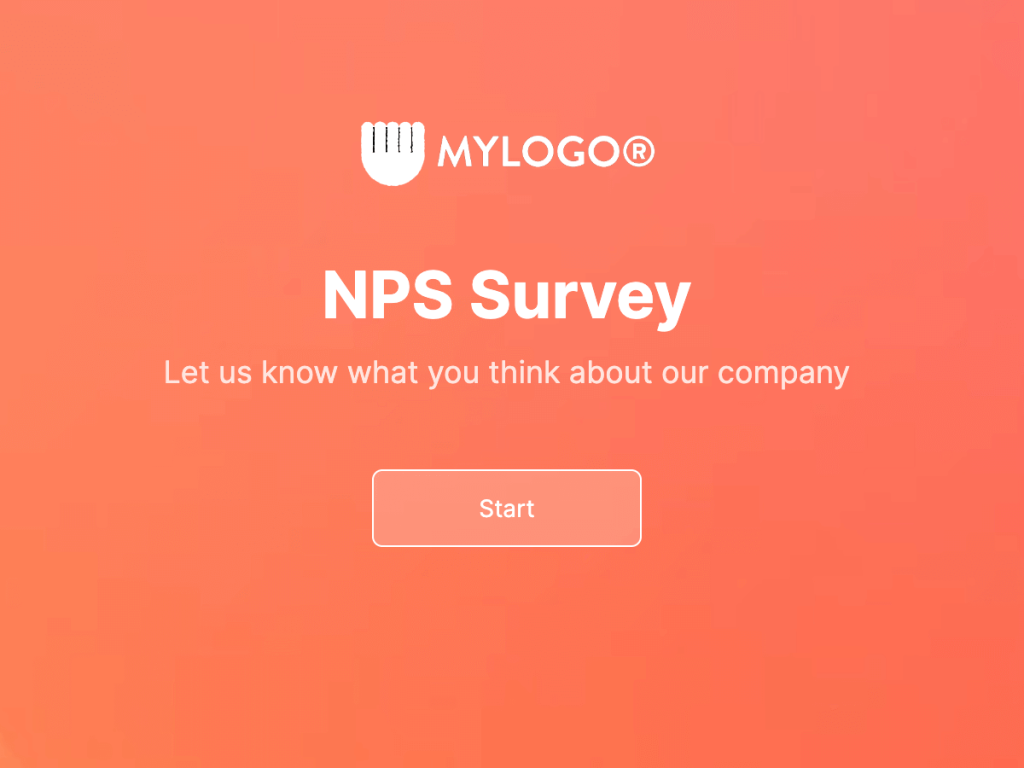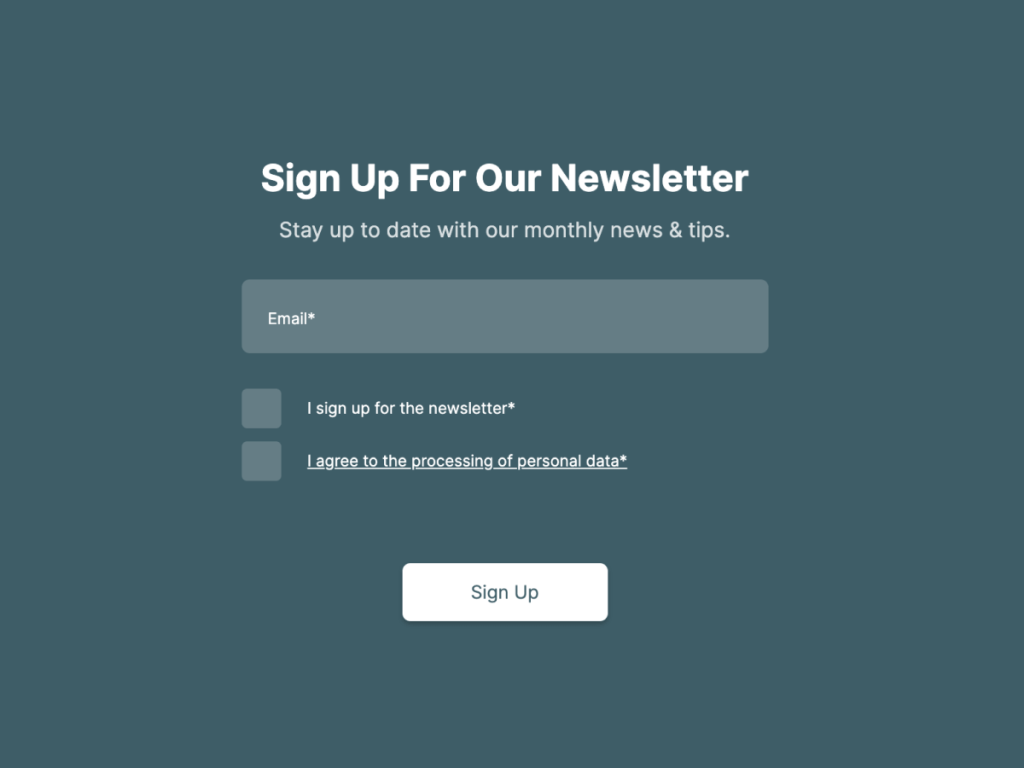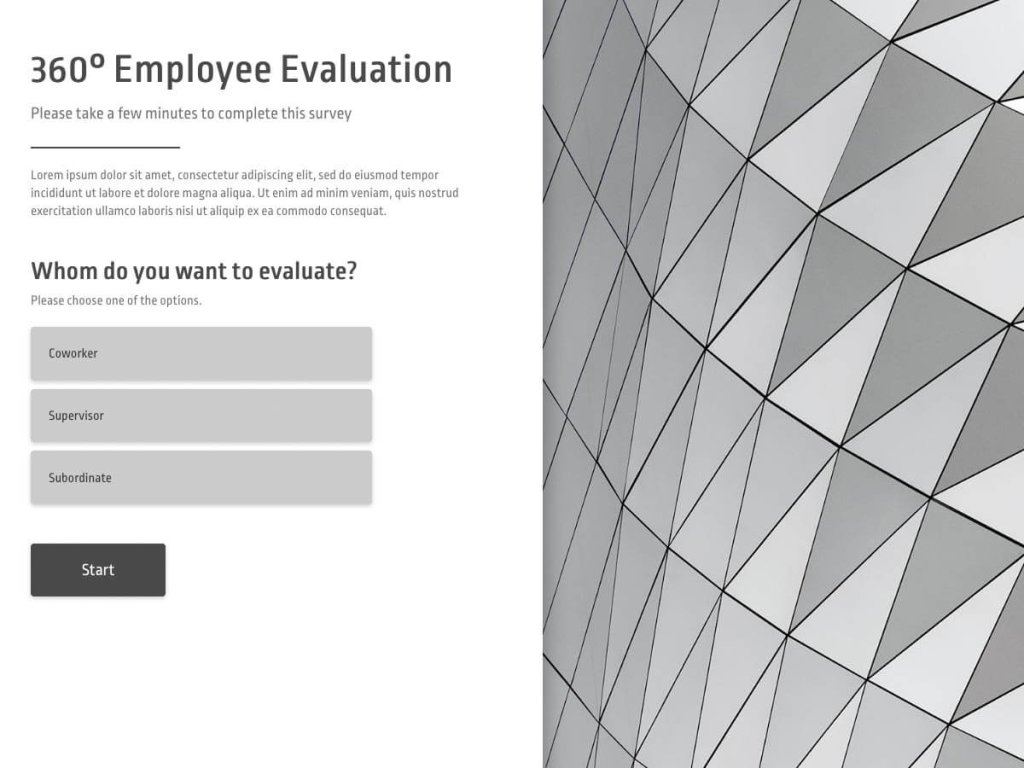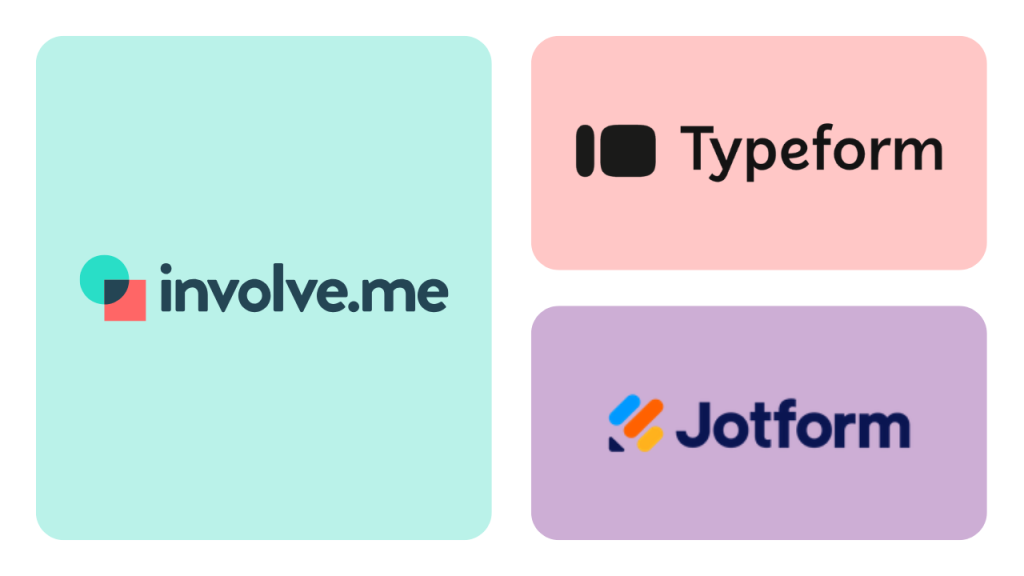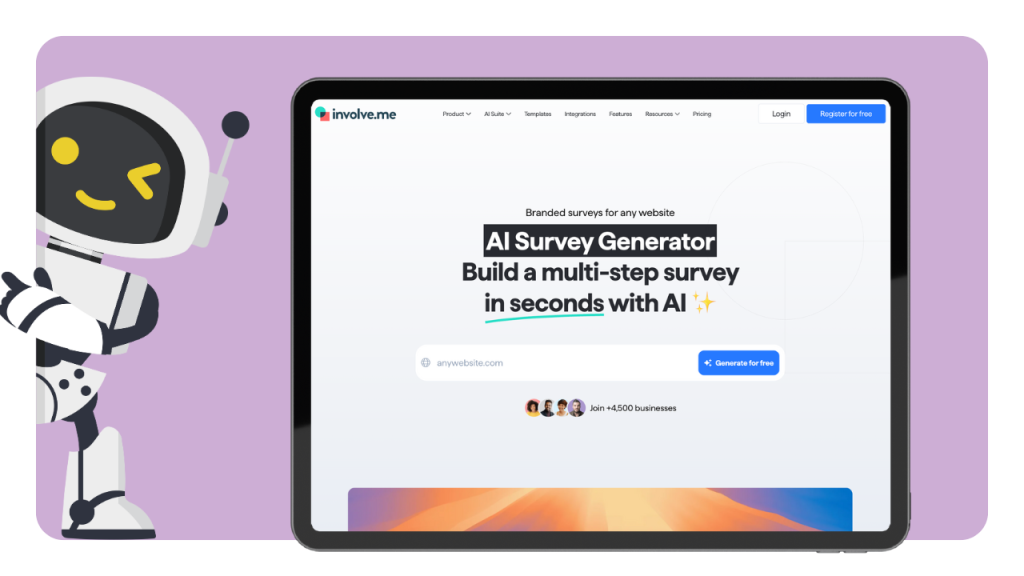Have you surveyed your employees recently? Some employers never consider seeking out their employees’ opinions. This isn’t just because they don’t care. Instead, it’s because they simply assume that staff members will raise their concerns or questions.
Get Started with Online Surveys
With One Of Our 300+ Templates
However, many people won’t feel comfortable speaking up. Plus, you might end up with a range of feedback from lots of different people – and very little idea about how to prioritize or even sort through it.
Conducting a survey of your company employees lets you learn more about your staff and their needs. It can even drive organizational growth.
Here’s why you should run an employee feedback survey … and what you’ll get out of it.
The Benefits of Employee Feedback Surveys
1. Employees Will Know You Value Their Opinion
One of the most important reasons to run an employee survey is to give your employees a voice. Asking for their opinion lets them know you value it. For employees who may be feeling disengaged – particularly if they’re working remotely or don’t have a close-knit team – simply being asked to complete a survey can be hugely positive.
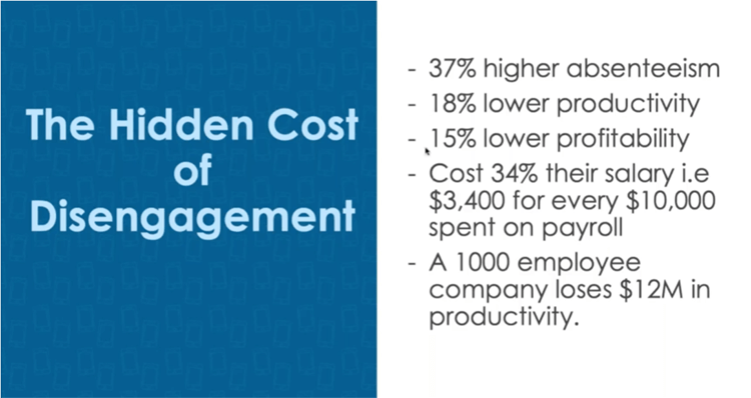
Source
Of course, it’s important that your survey truly lets employees share their opinion. You want to make sure you give them space to talk about things that they dislike at work. Many companies will make the survey anonymous, so that employees know they can answer honestly, without fear of a negative or hostile response.
You may want to let employees know ahead of time how you’ll be using the survey results. For instance, perhaps you’re surveying all employees in advance of a leadership retreat, where executive members of the organization will be making decisions about the year ahead. Employees’ opinions will feed directly into this.
2. Employees May Feel More Engaged and Enthusiastic
Just being able to share their opinion may help your employees to feel more engaged with your organization’s mission – and more enthusiastic about their day-to-day work. But if they see you regularly putting into practice things that they’ve asked for, they’re likely to feel far more positive.
For instance, perhaps the line managers on your team need some extra training on learning what WFM software is and how to use it effectively. Or maybe your development team really wants more customer feedback so they know which software features are most important.
3. You Can Change Policies Based on Feedback
Your company might have long-standing policies that simply aren’t working for most of your staff. In many organizations, no one will think to question this – or employees might feel afraid to speak up on their own.
Make sure you ask questions on your survey about whether there are any policies employees would like to see changed.
For example, if lots of employees say that they’d like some flexibility over working hours (e.g. choosing a start time between 8 am and 10 am then working for 8 hours, instead of always working 9 - 5) then that might be a relatively straightforward policy to change.
The same goes for dress code policies: if employees want a more casual office environment, this might be an easy change to make.
4. You Can See Improvements Over Time
If you run an employee survey on a regular basis, you can track the improvement in feedback over time. This is most easily done through numbers-based questions.
So, you might ask employees to rank how happy they are at work on a scale of 0 to 10, with 10 being the highest. You can then find an average of everyone’s score – and see if you can increase it by the time of the next survey.
Even with more open-ended questions, you can still see how things are improving. Perhaps several employees have noted that they like the improvements to the reception area, for instance.
5. You Can Compare Your Company to Others
In some cases, a survey can give you useful data to compare your company to others in your industry. For instance, if only 30% of your employees say they’re “happy” or “very happy” at work, that might sound dismaying. But if your industry’s average is 20%, then you’re actually doing well.
If you want to use your survey to compare your company to others in your industry, you’ll need to think that through when you decide what questions to ask. You’ll also need to make sure you’re choosing accurate or reputable sources of data to use as a baseline.
6. Bad (and Good) Managers Will Become Visible
One big advantage of running a survey is that it tends to highlight which managers are doing a good job … and which managers aren’t. Even with an anonymous survey, if you find that 9 people out of a team of 10 mention difficulties with their line manager, you know that there’s a problem.
This could be an issue that’s not apparent in the regular course of business. The department as a whole might seem to be doing fine, but the employees might be unhappy and considering leaving because their manager regularly criticizes them or never provides any support with their goals.
Equally, surveys can highlight good managers. Perhaps a number of employees in one team say how much they enjoy working with their boss, for instance. This might be something that employees wouldn’t normally think to tell you – but it lets you pass on that feedback (and your thanks and recognition) to their line manager.
7. Employees Will Be More Honest in Anonymous Surveys
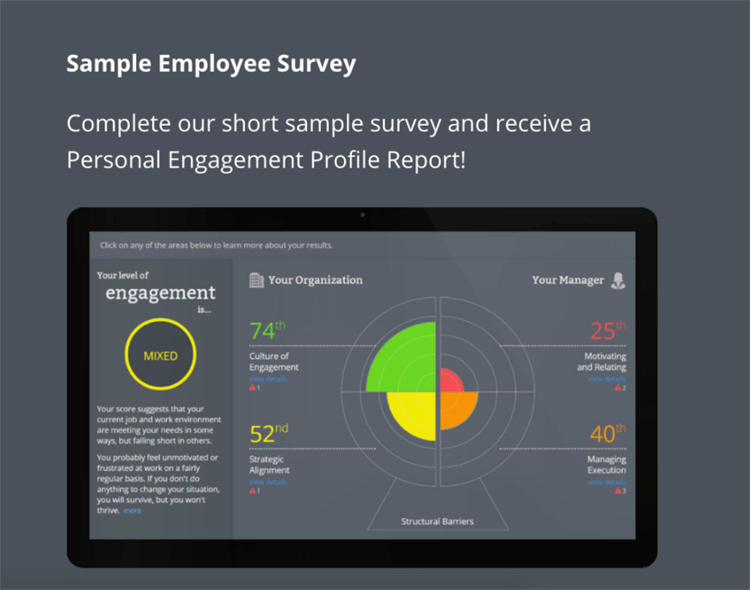
Running an anonymous survey means that employees can answer honestly, without worrying about repercussions. If there’s a problem with their line manager, or if they’re unhappy about a normally well-loved work policy, they can let you know … without the fear that they may face hostility as a result.
It’s important to reassure employees that the survey will be anonymous (if, indeed, it will be). Keep in mind that even with an anonymous survey, it might be possible to identify people from their answers – e.g. if someone mentions “ever since I joined in January” and only one person in that team started in January.
It’s important to avoid deliberately identifying or even guessing at who someone is from their answers. If you try to follow up with someone – however tempting it might be! – then they won’t trust that the next survey will be anonymous.
8. You Can Find Out What Benefits or Perks Employees Want Most
Running surveys is a great way to find out what benefits, or even small perks, would make the biggest difference to your employees. You may find that what people really want is a good dental plan, for instance.
When it comes to perks, you could ask employees to choose their favorite ideas from a list or you could ask them to make suggestions – or both! You might find that small, cheap (or even free) perks are surprisingly popular – for instance, perhaps staff would love to have a “dress-down Friday” or to have free snacks in the break room.
How Big Companies Make Use of Surveys
Big companies like Google, Amazon, Intel, Disney, Apple, and others understand that employee surveys are a powerful tool that will help them get valuable information from the very heart of things. To these companies, the employees are a valuable asset that needs to be maintained and cared for in order to stay productive and in top shape (and the results are quite visible).
In summary, the only way to know what your employees are thinking is to ask (via a survey or using another method). Moreover, what any business owner and manager can learn from these corporate giants is that you can perform surveys with a specific goal in mind.
Let’s see how:
Google Focuses on the Employee Experience
At Google, the focus is on keeping their talent happy and creative. After all, they are famous for creating probably the best workspaces in the world with perks and benefits that allow employees to forgo any worry while at work.
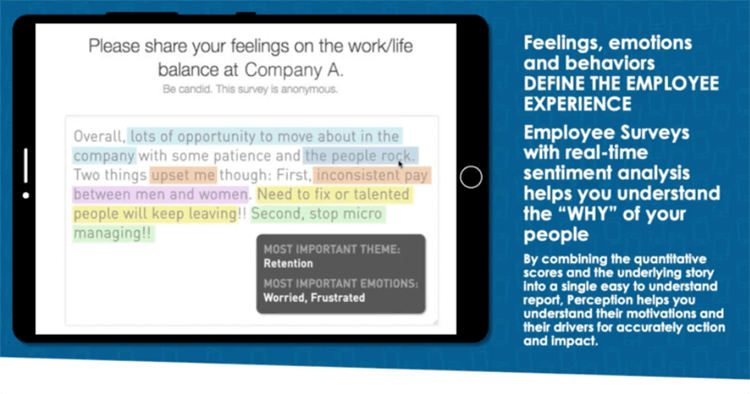
From rest areas to game rooms to free foods and beverages, the people who work at Google enjoy a well-designed space. Of course, not all employees have the same benefits, since not everyone has the similar needs.
So, in order to make sure everyone is comfy and focused on being productive, Google’s HR team (which is an impressive force in itself) runs regular surveys that assess employee satisfaction and engagements with other team members.
Some of the most common surveys they run are:
Management assessment (one survey every six months) Issue assessment - a complex survey that asks employees to identify any issues within their workspace and come up with ideas on how to solve them Surveys to determine the efficiency of the hiring interview and overall process
As a result, Google is now one of the businesses most in touch with their employees. They try to eliminate the idea of abuse of power and focus on getting even the shiest coworkers to state their opinion.
Intel Wants Happy Employees
Similar to Google’s practices, the Intel HR team uses surveys to learn about the employee experience and assess the degree of satisfaction.
For instance, before implementing any major changes, they use to send out a survey in an attempt to learn about people’s general opinion and how they feel the changes will affect their work routine.
Moreover, Intel is famous for their organizational health survey (every six months) where they assess the employees’ current level of satisfaction. Additionally, they also use the collected data to identify trends and understand where their culture is lacking.
Amazon Investigates Recent Complaints
Amazon is in hot water due to various complaints that painted the company as a greedy, heartless entity. Therefore, they are currently using daily surveys (filled anonymously) to identify such situations and solve them.
Overall, all these business giants have one thing in common - they use surveys to collect data on their employees in order to identify issues and trends. They also use the data to improve their own corporate culture and create a better work environment that will suit everyone.
In Summary
Running a survey can take a bit of time and pre-planning – but it’s likely to be well worth it. You’ll be sure to discover some new things about your employees and what they want … and you may find that your survey drives organizational change and growth, too.
Get Started with Online Surveys
With One Of Our 300+ Templates
Author
Jessica Perkins is a writer and SaaS marketing consultant who helps businesses scale up their marketing efforts. She is obsessed with learning and also is passionate about sculpting.


